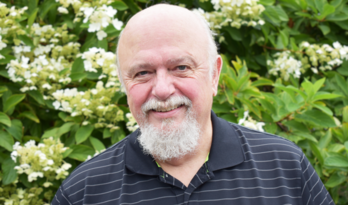 Deacon William J. Gilles, from Deacon of Saint Teresa of Calcutta Parish in Manchester to Deacon of Saint John Fisher Parish in Marlborough, effective July 10, 2023.
Deacon William J. Gilles, from Deacon of Saint Teresa of Calcutta Parish in Manchester to Deacon of Saint John Fisher Parish in Marlborough, effective July 10, 2023.
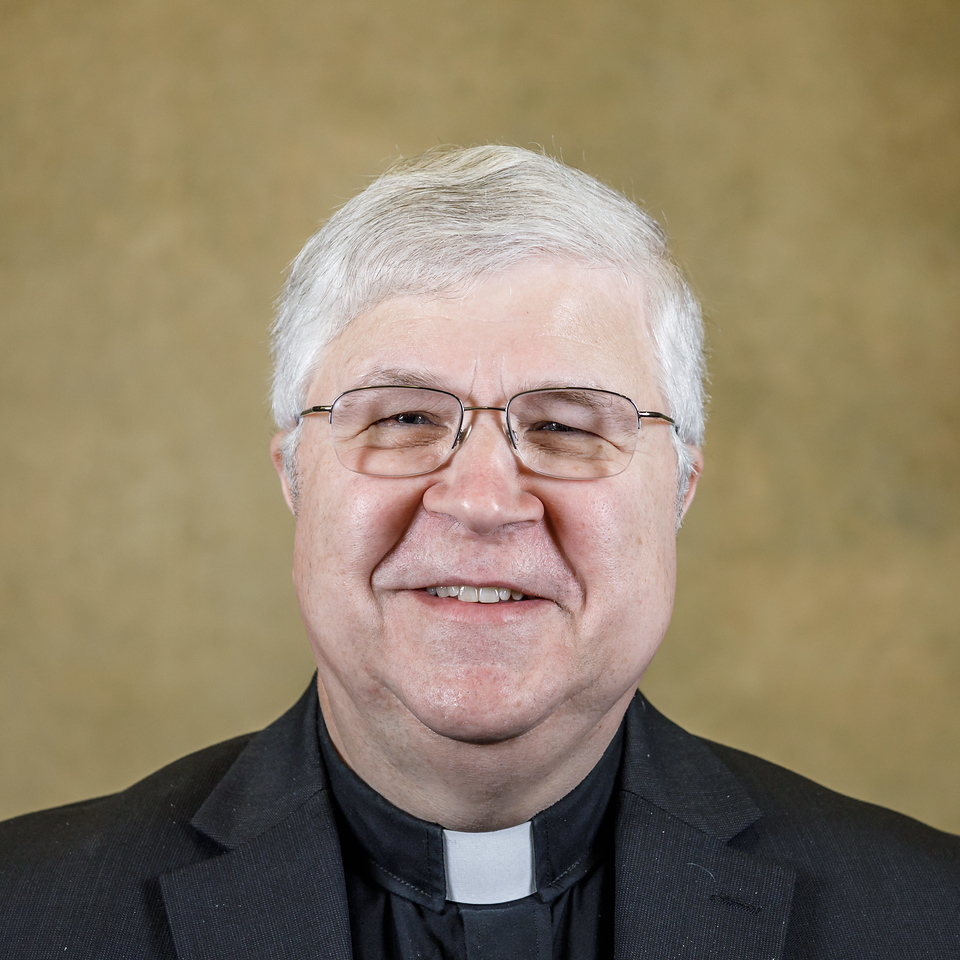 Born in Sainte-Marie-de-Kent, New Brunswick, Canada, Fr. LeBlanc moved with his family to Hartford, Connecticut, in July 1960. After an early education in Catholic schools, Fr. LeBlanc attended Saint Thomas Seminary High School and Junior College in Bloomfield, attending the University of Hartford as well during that time. He studied French at the University of Moncton, New Brunswick, Canada in 1974. He then attended Saint Mary’s Seminary College in Catonsville, MD, in 1975, majoring in Philosophy and French Literature, acquiring his B.A in 1977. He continued his theological studies at St. Mary’s Seminary & University in Baltimore, acquiring his Bachelor’s & Master’s Degrees in Sacred Theology in 1981. Ordained a Transitional Deacon in Baltimore, MD on November 21, 1981, he was subsequently ordained a Priest for the Archdiocese of Hartford on November 6, 1982, at Saint Thomas Seminary Chapel, Bloomfield, CT.
Born in Sainte-Marie-de-Kent, New Brunswick, Canada, Fr. LeBlanc moved with his family to Hartford, Connecticut, in July 1960. After an early education in Catholic schools, Fr. LeBlanc attended Saint Thomas Seminary High School and Junior College in Bloomfield, attending the University of Hartford as well during that time. He studied French at the University of Moncton, New Brunswick, Canada in 1974. He then attended Saint Mary’s Seminary College in Catonsville, MD, in 1975, majoring in Philosophy and French Literature, acquiring his B.A in 1977. He continued his theological studies at St. Mary’s Seminary & University in Baltimore, acquiring his Bachelor’s & Master’s Degrees in Sacred Theology in 1981. Ordained a Transitional Deacon in Baltimore, MD on November 21, 1981, he was subsequently ordained a Priest for the Archdiocese of Hartford on November 6, 1982, at Saint Thomas Seminary Chapel, Bloomfield, CT.
Fr. LeBlanc’s first priestly assignment was as Parochial Vicar at Saint Augustine Church, Seymour, CT, from 1982 to 1986. In 1986, he was sent to Rome for post-graduate studies at the University of Saint Thomas Aquinas, where he earned a J.C.L. (Canon Law Degree). In the summer of 1988, he was assigned as Parochial Vicar of Our Lady of Mt. Carmel, Waterbury, CT, with an initial part-time ministry in the Metropolitan Tribunal in Hartford. From September of 1989 to the summer of 2003, he worked full time as Judge and Defender of the Bond for the Marriage Tribunal in Hartford. During this period, he held the following positions at the Metropolitan Tribunal: 1989-1990: Judge and Defender of the Bond; 1990-1998: Adjutant Judicial Vicar; and 1998-2003: Judicial Vicar. While working at the Tribunal, Fr. LeBlanc also served as priest-in-residence at Saint Thomas Seminary in Bloomfield and assisted as Spiritual Director to seminarians for the Archdiocese of Hartford at the then Pope Paul VI House of Formation. During that time, he served as weekend-assistant at Saint Catherine of Siena Church, West Simsbury from 1989 to 1995. In addition to his full-time weekday Tribunal role, he was then appointed Canonical Administrator of Saint Anne Church, Waterbury, a French-Canadian faith community from 1995 until 2003. In June 2003, he was assigned as Pastor of Saint Elizabeth Seton Church, Rocky Hill, while continuing part-time ministry as Judge at the Tribunal. Fr. LeBlanc also taught courses in Canon Law in the Archdiocesan Lay Ministry and Diaconal programs at the time. In December 2004, he was elected and appointed to the Priests Personnel Board and re-elected in 2010, serving a total of twelve years. In July 2006, he was appointed as Pastor of Saint Ann Church, Bristol, another French-speaking community, where he served for eleven years. Thereafter, Father LeBlanc completed a sabbatical at Saint Paul University /University of Ottawa, in Ottawa, Canada, acquiring a Graduate Diploma in Canonical Practice in May 2017.
Fr. LeBlanc was appointed Pastor of Saint Timothy, West Hartford on June 29, 2017.
On January 1, 2021, Father was additionally appointed Pastor of Saint Thomas the Apostle Church, West Hartford, while continuing his ministry as Pastor of Saint Timothy Church. West Hartford as well.
On January 1, 2022, Fr. LeBlanc became the Pastor of the newly-incorporated merged ‘Parish of St. Thomas & St. Timothy, West Hartford’.
During his priesthood, Father has twice-served 3 year terms on the Archbishop’s Presbyteral Council & will conclude his 2nd term in 2023.
On February 21, 2023, Fr. LeBlanc became Pastor of St. John Fisher Church, Marlborough, CT.
Ad Maiorem Dei Gloriam (For the Greater Glory of God)
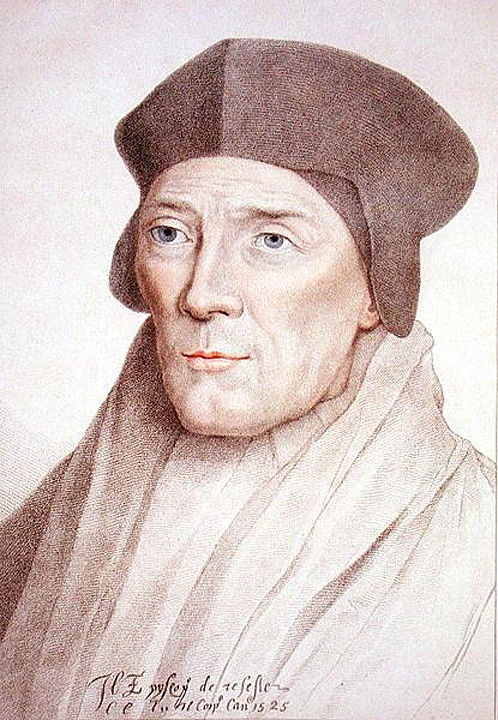 St. John Fisher was born in Beverly, Yorkshire, in 1459, and educated at Cambridge, from which he received his Master of Arts degree in 1491. He occupied the vicarage of Northallerton, 1491-1494; then he became proctor of Cambridge University. In 1497, he was appointed confessor to Lady Margaret Beaufort, mother of Henry VII, and became closely associated in her endowments to Cambridge; he created scholarships, introduced Greek and Hebrew into the curriculum, and brought in the world-famous Erasmus as professor of Divinity and Greek. In 1504, he became Bishop of Rochester and Chancellor of Cambridge, in which capacity he also tutored Prince Henry who was to become Henry VIII. St. John was dedicated to the welfare of his diocese and his university. From 1527, this humble servant of God actively opposed the King's divorce proceedings against Catherine, his wife in the sight of God, and steadfastly resisted the encroachment of Henry on the Church.
St. John Fisher was born in Beverly, Yorkshire, in 1459, and educated at Cambridge, from which he received his Master of Arts degree in 1491. He occupied the vicarage of Northallerton, 1491-1494; then he became proctor of Cambridge University. In 1497, he was appointed confessor to Lady Margaret Beaufort, mother of Henry VII, and became closely associated in her endowments to Cambridge; he created scholarships, introduced Greek and Hebrew into the curriculum, and brought in the world-famous Erasmus as professor of Divinity and Greek. In 1504, he became Bishop of Rochester and Chancellor of Cambridge, in which capacity he also tutored Prince Henry who was to become Henry VIII. St. John was dedicated to the welfare of his diocese and his university. From 1527, this humble servant of God actively opposed the King's divorce proceedings against Catherine, his wife in the sight of God, and steadfastly resisted the encroachment of Henry on the Church.
Unlike the other Bishops of the realm, St. John refused to take the oath of succession which acknowledged the issue of Henry and Anne as the legitimate heir to the throne, and he was imprisoned in the tower in April 1534. The next year he was made a Cardinal by Paul III and Henry retaliated by having him beheaded within a month. A half hour before his execution, this dedicated scholar and churchman opened his New Testament for the last time and his eyes fell on the following words from St. John's Gospel: "Eternal life is this: to know You, the only true God, and Him Whom You have sent, Jesus Christ. I have given You glory on earth by finishing the work You gave me to do. Do You now, Father, give me glory at Your side?" Closing the book, he observed: "There is enough learning in that to last me the rest of my life."
His feast day is June 22.
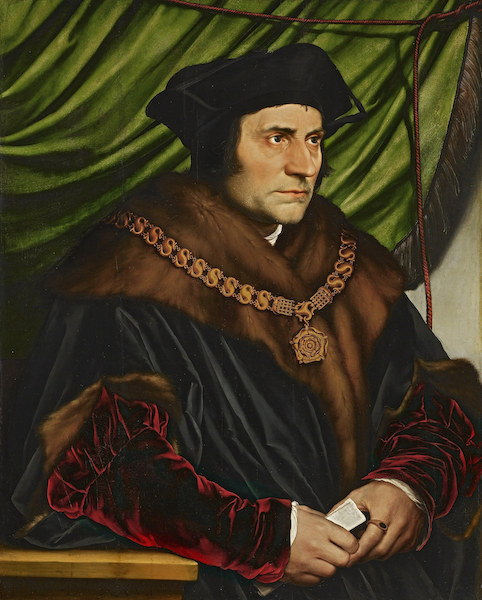 St. Thomas More, Martyr (Patron of Lawyers) St. Thomas More was born in London in 1478. After a thorough grounding in religion and the classics, he entered Oxford to study law. Upon leaving the university he embarked on a legal career which took him to Parliament. n 1505, he married his beloved Jane Colt who bore him four children, and when she died at a young age, he married a widow, Alice Middleton, to be a mother for his young children. This learned man numbered Bishops and scholars among his friends, and by 1516 wrote his world-famous book "Utopia."
St. Thomas More, Martyr (Patron of Lawyers) St. Thomas More was born in London in 1478. After a thorough grounding in religion and the classics, he entered Oxford to study law. Upon leaving the university he embarked on a legal career which took him to Parliament. n 1505, he married his beloved Jane Colt who bore him four children, and when she died at a young age, he married a widow, Alice Middleton, to be a mother for his young children. This learned man numbered Bishops and scholars among his friends, and by 1516 wrote his world-famous book "Utopia."
He attracted the attention of Henry V who appointed him to a succession of high posts and missions, and finally made him Lord Chancellor in 1529. However, he resigned in 1532, at the height of his career and reputation, when Henry persisted in holding his own opinions regarding marriage and the supremacy of the Pope. The rest of his life was spent in writing mostly in defense of the Church. n 1534, with his close friend, St. John Fisher, he refused to render allegiance to the King as the Head of the Church of England and was confined to the Tower. Fifteen months later, and nine days after St. John Fisher's execution, he was tried and convicted of treason. He told the court that he could not go against his conscience and wished his judges that "we may yet hereafter in heaven merrily all meet together to everlasting salvation." And on the scaffold, he told the crowd of spectators that he was dying as "the King's good servant-but God's first." He was beheaded on July 6, 1535. His feast day is June 22.
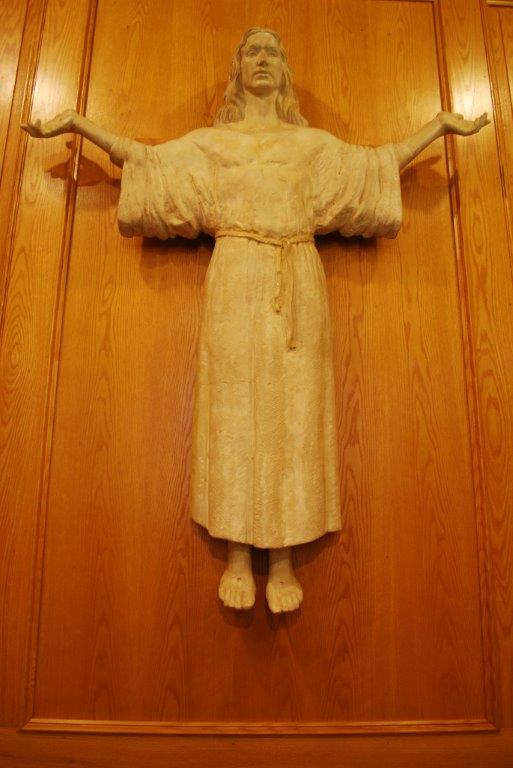
As I look up at the beautifully carved Risen Jesus hanging high over the altar there is a feeling of peace and contentment knowing that there is more to our daily living struggles.
I have traveled throughout the world and my feet have walked through many of the great cathedrals, churches, museums and government buildings that hold the creative treasures of famous artists. I know little of great art other than to recognize that some work is more beautifully crafted than others. I'm not sure I could name more than a handful of those artists. I have, however, taken the time to learn a little about the one great artist each parishioner of Saint John Fisher should know and appreciate. His name is Deane G. Keller.
Mr. Keller was born on August 1, 1940 in New Haven, Connecticut. Well educated in the arts, he eventually became a Professor of Drawing and Anatomy at the Lyme Academy College of Fine Arts in Old Lyme. Passing way on January 4, 2005, he left a legacy, not only in the art world but directly to our Saint John Fisher parish. To quote his obituary:
An accomplished artist and sculptor, his works are housed in several permanent collections including the Wadsworth Atheneum Museum of Art in Hartford, Brandywine River Museum in Chadds Ford, Pennsylvania, Slater Memorial Museum in Norwich, Connecticut, Woodstock School of Art, Thomas Merton Studies Center at Bellarmine University, Louisville, Kentucky, Yale University, St. Raphael's Hospital (where his statue of Mother Elizabeth Seton graces the entrance hall), and Asylum Hill Congregational Church in Hartford. His works have also been exhibited throughout New England, the Midwest and in Italy.
Deane was a recognized authority on drawing in the classical tradition, on representational art, especially the human figure, and was revered as a master draftsman, teacher, author and lecturer. He was particularly fascinated with the Middle East to which he and his wife Dorothy (herself a professor of Art History at St. Joseph's College) made regular trips to archeological sites. "Everything about these lands - the light, the desert, the ancient life-ways and the strong sense of history and prehistory - appeals to me," he wrote.
Mr. Keller lived here in Marlborough and attended our parish. The Risen Jesus is his work and something each and every one of us should appreciate. I would guess that the average person exposed to many of the great artworks throughout the world would stop seeing the beauty of those works, although I find that hard to imagine.
The next time you gaze at the Risen Jesus seeming to float above the altar, take a moment to reflect on the talents that God has given us and how our hearts and hands can create such great beauty.
Photo by Anthony Gargon